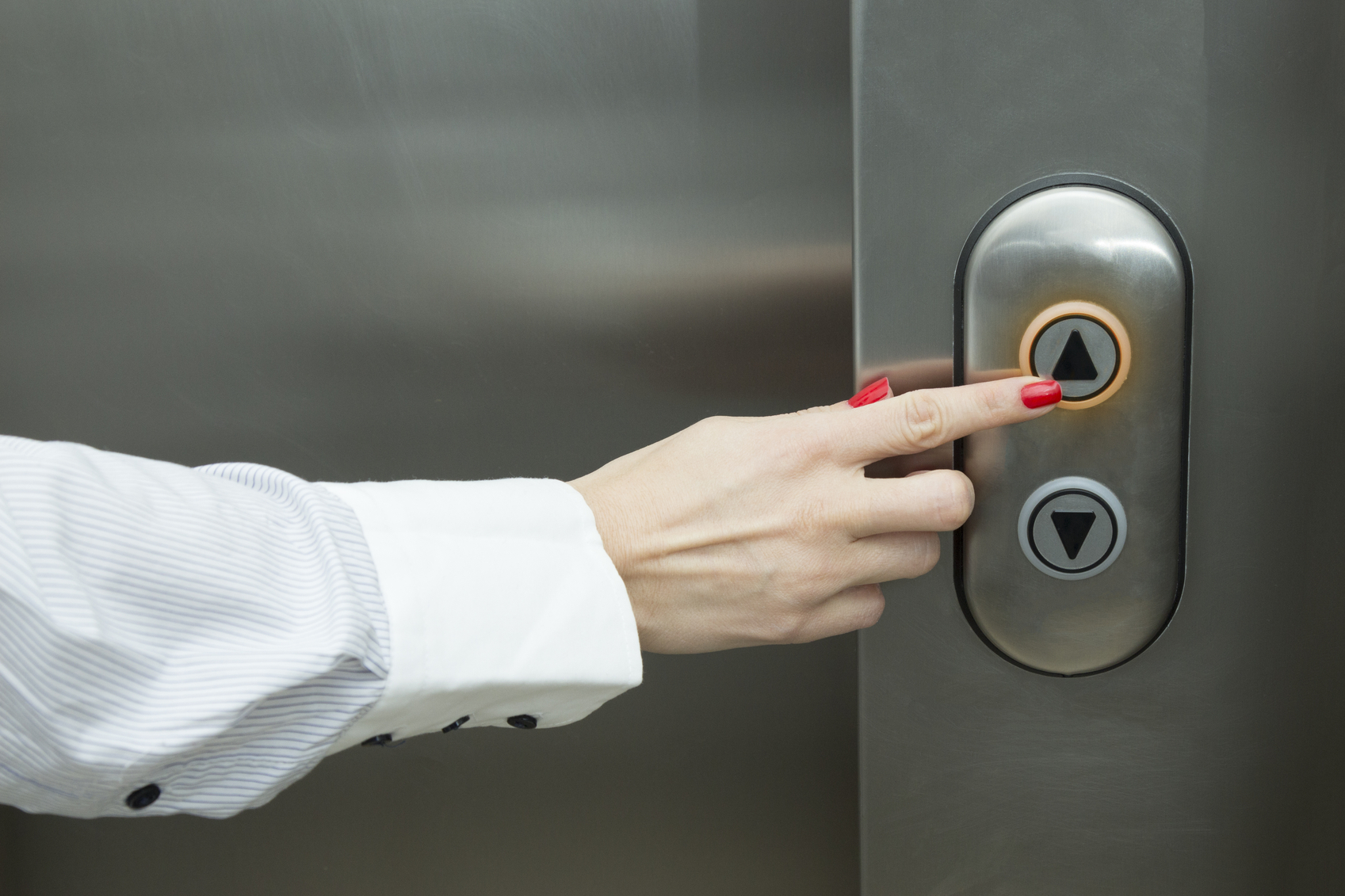Leading Lift Companies in London: Offering Top Quality Installations and Upkeep
Leading Lift Companies in London: Offering Top Quality Installations and Upkeep
Blog Article
Exploring the Globe of Lifts: Usual Problems Faced by Various Lift Mechanisms
As we navigate with the vertical transport systems of modern-day buildings, elevators stand out as a crucial element of our day-to-day lives. From hydraulic elevators to grip systems and machine-room-less layouts, each lift type comes with its collection of usual issues.
Hydraulic Lifts
Hydraulic lifts, typically preferred for low-rise buildings, make use of fluid stress to manage the activity of the elevator cars and truck (lift repair companies). This mechanism includes a hydraulic pump pressing oil into a cylinder, creating the elevator to move in the wanted direction. While hydraulic elevators are understood for their smooth and silent operation, they do include their very own set of typical problems
One widespread issue with hydraulic lifts is oil leak. The seals in the hydraulic system can break in time, causing oil infiltration. If left unaddressed, this not only produces a mess however can additionally influence the lift's efficiency. In addition, concerns with the control system, such as faulty valves or a malfunctioning pump, can cause disruptions in the elevator's motion.
Routine upkeep and timely repair work are vital to make sure the smooth performance of hydraulic elevators. By dealing with these common issues proactively, structure proprietors can reduce downtime and guarantee the safety and efficiency of their upright transport system.
Traction Elevators
When taking into consideration upright transportation systems in buildings, an additional usual type aside from hydraulic lifts is the grip elevator. Grip lifts operate using a system of ropes and counterweights that move the lift cars and truck by grasping onto the hoist ropes. This mechanism permits smoother and quicker vertical transport compared to hydraulic systems.
One of the usual problems faced by grip elevators is rope wear. The consistent motion of the ropes within the traction system can bring about tear and wear with time, potentially causing the lift to breakdown or end up being risky for usage. Routine inspections and upkeep of the ropes are important to make certain the lift's proper functioning and safety.
One more issue that traction lifts may come across is associated with the control system. Troubles with the control system can result in concerns such as erratic motion, hold-ups in reaction times, or also complete closures. Normal screening and maintenance of the control system are crucial to stop such concerns and guarantee the lift's reliability.
Machine-Room-Less (MRL) Elevators

One of the essential parts of MRL lifts is the compact gearless traction equipment that is mounted within the hoistway. This device efficiently drives the elevator vehicle without the need for cumbersome equipment found in traditional grip elevators. Additionally, MRL lifts usually use a weight system to balance the car, more enhancing their power effectiveness.
Despite their benefits, MRL lifts may deal with challenges connected to upkeep and repair work because of the constrained space for devices installment. Ease of access for servicing parts within the shaft can be restricted, lift companies in London needing specialized training for specialists. Correct maintenance schedules and routine examinations are essential to make sure the ongoing smooth operation of MRL elevators.
Overloading and Weight Limitation Issues
Are lifts outfitted to handle excess weight tons effectively and securely? Straining and weight limit issues are vital worries in lift procedures. Lift manufacturers design lifts with particular weight capabilities to make sure guest safety and security and tools longevity. Exceeding these weight limits can lead to various problems, including mechanical failures, delays, and safety hazards.
When lifts are overwhelmed, it puts excessive pressure on the electric motor, cords, and other components, potentially creating breakdowns or malfunctions. If they discover excess weight, safety devices such as sensing units and overload sensors are in area to protect against elevators from london lift company moving. In addition, surpassing weight limits can bring about boosted energy intake and deterioration on the elevator system.
To alleviate overwhelming issues, constructing managers need to plainly display weight limits in lifts and educate residents on the value of sticking to these limitations - lift repair companies. Routine upkeep checks by certified professionals can likewise aid guarantee that lifts are operating within secure weight parameters. By resolving overloading and weight limit concerns proactively, building owners can boost elevator security and performance
Electrical System Failings
Exceeding weight limits in elevators can not only lead to mechanical issues but also potentially contribute to electric system failings within the lift framework. Electric system failings are an essential problem in lift procedure, as they can create unforeseen closures, malfunctions, or even safety hazards.
Furthermore, power surges or fluctuations in the electric supply can additionally interrupt the elevator's operation, affecting its efficiency and safety and security. These electric disturbances can damage delicate lift elements such as control panels, circuit boards, or sensing units, causing system failures. Regular upkeep and assessments are vital to determine and deal with potential electric problems promptly, ensuring the efficient and secure operation of elevator systems. By sticking to weight limitations and conducting regular electrical system checks, structure owners can mitigate the threat of electrical failures in lifts.
Final Thought
Hydraulic elevators, usually liked for low-rise buildings, make use of fluid pressure to regulate the motion of the lift cars and truck.When considering upright transportation systems in structures, one more usual type apart from hydraulic elevators is the grip elevator. Grip elevators run using a system of ropes and weights that move the lift car by grasping onto the hoist ropes. Unlike traditional lifts that require a separate equipment space to house the tools, MRL elevators incorporate many of the elements within the shaft, removing the need for a committed machine space.In conclusion, elevators encounter common problems such as hydraulic breakdowns, grip system failures, and electric system troubles.
Report this page